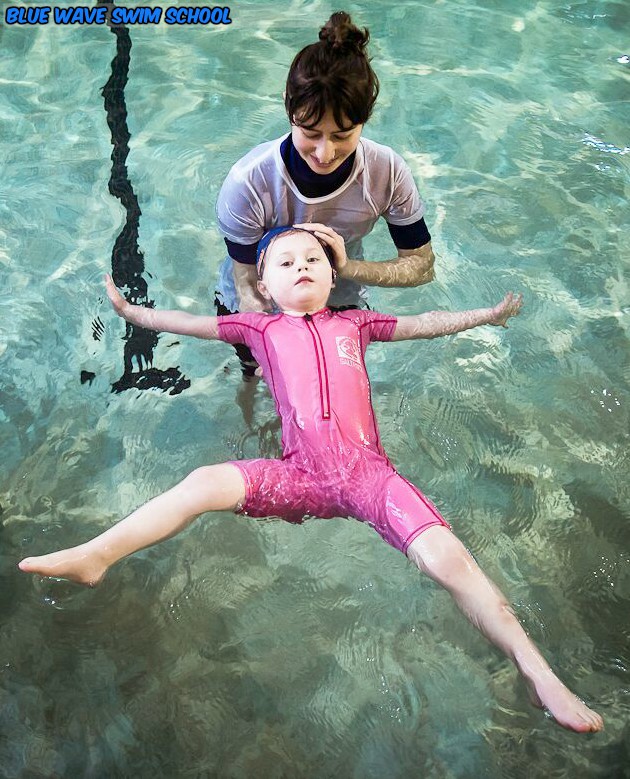In this blog, we are listing 12 interesting facts about swimming by looking back at its long history, how it has been blended into different cultures, and some less-known statistics.
Yes, people swam even then. Prehistoric man learnt to swim in order to cross rivers and lakes.
We know this because cave paintings from the Stone Age (2000 BC) depicting swimmers have been found in Egypt. There are also evidence that swimming was a sport in ancient China.

Later on, Roman soldiers had to know how to swim and pass a test to join the army.
This is when National Swimming Society of Great Britain began to hold competitions.

Women were allowed to compete in swimming since 1912 Olympics in Stockholm.

The first person wasMatthew Webb who made the crossing without the aid of any artificial buoyancy in 1875.
Benjamin Franklin, one of the founding fathers of the U.S.A, who was a vigorous swimmer invented “fins”. When he was posted to London in the 1750s, he was known to take daily dips in the Thames and he invented the “fins” to give him a bit of extra thrust underwater.
In French, ‘Piscine’ is the word for swimming pool and it comes from the Latin word ‘Piscine’ which means fishpond.
One of the four competitive strokes is ‘Butterfly’
This stroke is also called ‘Papillon’ in French which means butterfly. However, in German this stroke is called Dolphin.
Historic records show ancient Greeks were impressed by dolphins’ incredible swimming speeds and aquatic skills. There are at least 32 known species of dolphins and they can swim up to 25 miles per hour- with some swimming even faster. To picture how fast a dolphin can swim, based on Michael Phelps’s 100 m butterfly record, if he was to race a dolphin, he would have no chance of winning, as a dolphin can swim 20 mph faster than him.

And here are some facts about importance of learning to swim:
 Based on a report released in 2015 by the Amateur Swimming Association (ASA)- now known as Swim England– 20% of men and 22% of women aged over 14 years in England cannot swim, with the highest number of non-swimmers are people are the 65+ age group.
Based on a report released in 2015 by the Amateur Swimming Association (ASA)- now known as Swim England– 20% of men and 22% of women aged over 14 years in England cannot swim, with the highest number of non-swimmers are people are the 65+ age group.
Did you know we also teach adults to swim?
Based on a new report published by Swim England in 2017, almost a third of 11-year-olds in England leave primary school unable to swim.
Two-thirds of the 1000 parents who were surveyed for Swim England, feared their child could not save themselves in water.
Do you have a child who wants to learn to swim?

